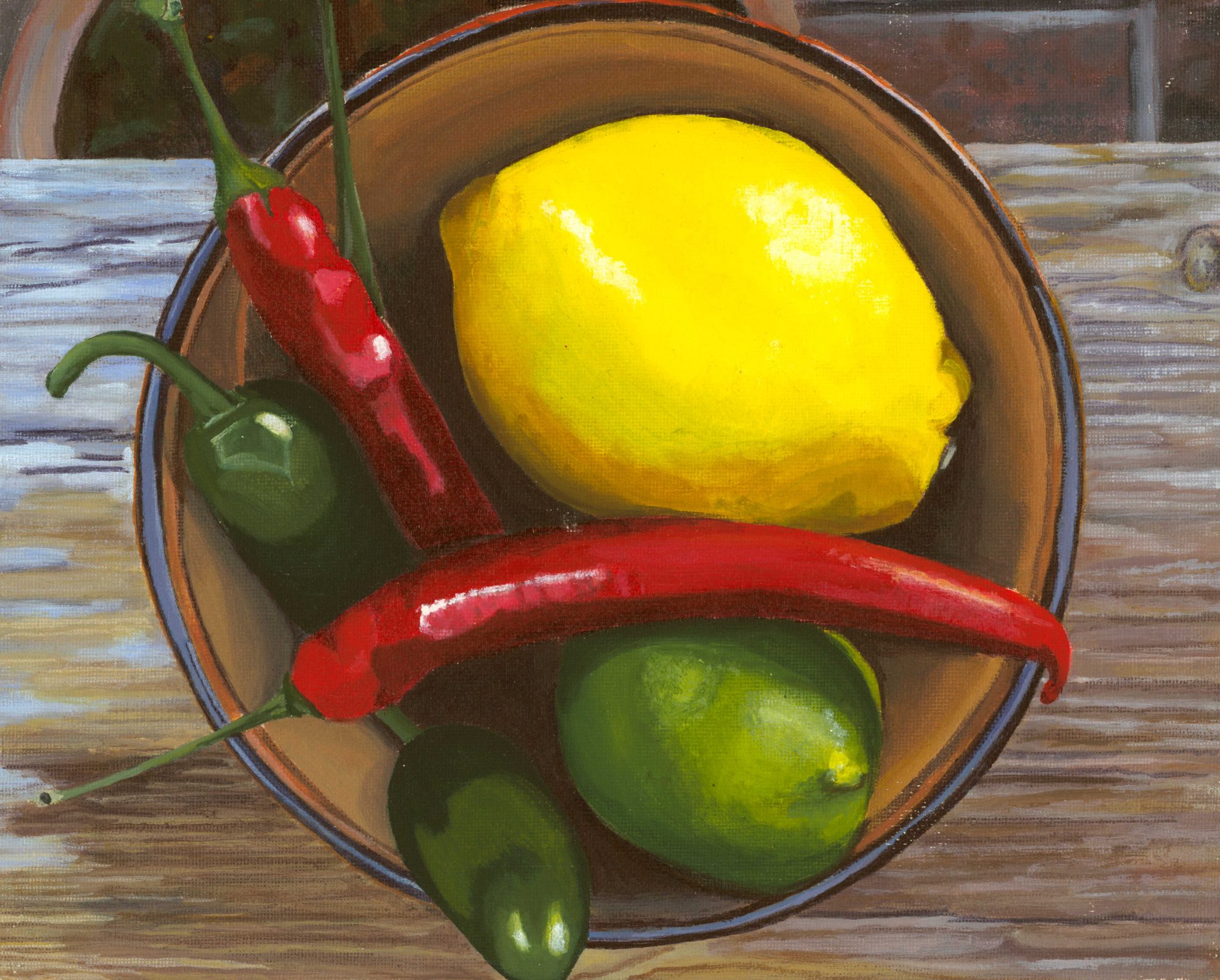A flier from an art supply place had me flicking idly through their new product range – probably as a diversion from some paperwork or other – and among the range I spotted big set of chalk pastels, priced at nearly £1400. For another £400, you could have them in a nice wooden case…
Don’t get me wrong, I’m sure they are great quality, and anyone who uses pastels would love them (I don’t – all that dust). And it’s a huge box, there are hundreds of them. But if a basic box of half-decent student pastels is £150 even, and you can get just-about-usable ones for under £5, are they really hundreds of times better?
One of the reasons for expensive materials is their archival properties; pigments that will not fade in the light, or acid-free papers that don’t yellow over time. That being said, the cave paintings as Lascaux are estimated to be about seventeen thousand years old, and are done in mineralised clays (aka coloured mud), charcoal and spit. Their survival is more about a dry undisturbed low-light environment that what they were made from.
By the same token, no amount of care or expensive materials can keep an artwork from its doom by fire or flood if it is in the wrong place at the wrong time; or stop it ending up in a charity shop, cellar or skip should it fall out of favour; or clash with the curtains, or prevailing ideology.
So much of what art is about is the desire to fix something in time and space, and it having a monetary value only reinforces the idea that it must endure; but it also needs its ephemera; its mistakes, fads, neglect, loss and destruction. Otherwise art loses the possibility of change, rediscovery and new creation. Sure, have meticulously-conserved archival works wrapped up and crated in temperature-controlled vaults, if you must; but don’t say that because of them there is no place for sandcastles.
